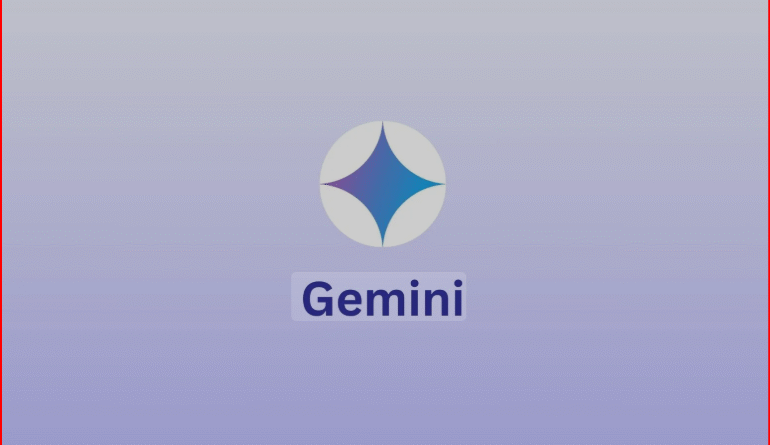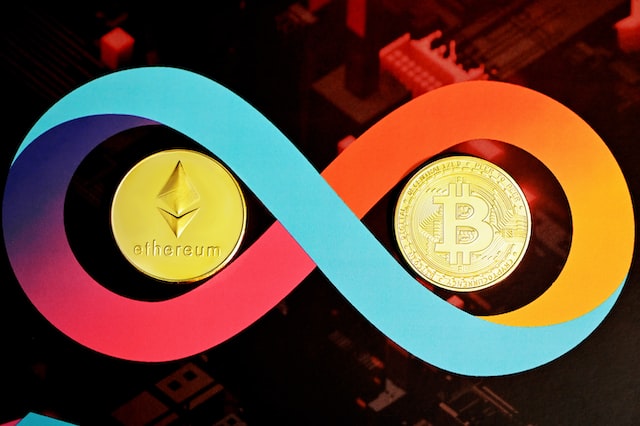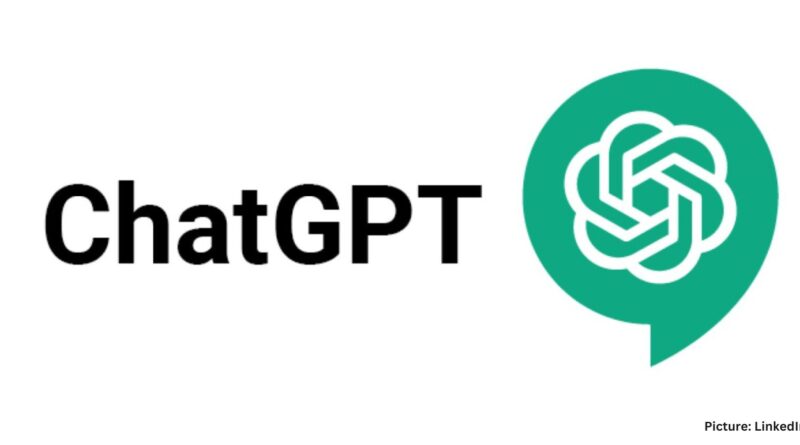The AI–5G Convergence Is Shaping the Future of Telecom
The future of telecommunications is being redefined by two groundbreaking technologies: Artificial Intelligence (AI) and 5 G. The AI–5 G convergence is more than just a tech upgrade—it’s a game-changing innovation reshaping how we communicate, work, and live.
As telecom networks evolve, integrating AI with 5G is unlocking unprecedented potential in network management, automation, customer service, IoT, and cybersecurity. In this post, we explore how AI and 5G are converging to shape the future of telecom, boost operational efficiency, and power intelligent digital ecosystems.
What Is the AI–5 G Convergence?
The AI–5 G convergence refers to the seamless integration of artificial intelligence capabilities into 5G telecom networks. While 5G offers ultra-fast data speeds, low latency, and high bandwidth, AI brings smart automation, real-time decision-making, and adaptive learning to optimize telecom operations and services.
1. AI-Powered Network Optimization
Keyword: AI in telecom, network optimization with AI
5G networks generate massive volumes of data. AI algorithms analyze this data in real-time to:
- Detect anomalies in network traffic
- Automate bandwidth allocation
- Predict peak usage times
- Prevent service disruptions
This enables telecom providers to optimize network performance, reduce latency, and ensure seamless connectivity for users.
2. Predictive Maintenance for Telecom Infrastructure
Keyword: predictive maintenance in telecom
AI enables telecom companies to predict equipment failures before they occur. Through machine learning models and data analytics, operators can monitor:
- Signal strength
- Power usage
- Equipment temperature
- Hardware aging patterns
This results in reduced downtime, lower maintenance costs, and extended hardware lifespan.
3. Smart Customer Experience with AI and 5G
Keyword: AI customer service, telecom user experience
AI chatbots and virtual assistants, powered by 5G’s real-time data processing, enable telecom brands to:
- Provide 24/7 customer support
- Personalize offers based on behavior analytics
- Resolve issues with natural language processing (NLP)
- Improve customer satisfaction and reduce churn
4. Edge Computing and IoT Acceleration
Keyword: edge computing in 5G, IoT, and telecom
With 5G’s ultra-low latency and AI-driven edge computing, data can be processed closer to the source. This is a game-changer for:
- Autonomous vehicles
- Smart cities
- Industrial automation
- Healthcare IoT
AI models at the edge allow devices to make split-second decisions, enhancing efficiency, safety, and responsiveness.
5. Smart Network Slicing and AI Integration
Keyword: 5G network slicing, AI for network slicing
Network slicing allows telecom providers to create virtual networks for specific use cases (e.g., gaming, emergency services). AI helps optimize each slice by:
- Predicting demand patterns
- Allocating resources efficiently
- Maintaining service-level agreements (SLAs)
This makes telecom networks highly adaptable and cost-efficient.
6. AI in Cybersecurity and Fraud Detection
Keyword: AI in telecom security, fraud detection in 5G
5G increases connectivity and potential threats. AI enhances cybersecurity by:
- Monitoring for suspicious behavior
- Detecting fraud patterns in real-time
- Automatically responding to threats
This proactive approach secures both user data and telecom infrastructure.
7. Driving Revenue with New Business Models
Keyword: telecom innovation, monetizing AI, and 5G
The convergence of AI and 5G creates new revenue streams for telecom providers through:
- Augmented and virtual reality services (AR/VR)
- Cloud gaming
- Smart home solutions
- Connected vehicles
AI-driven insights help tailor offerings to customer preferences and market trends.
Final Thoughts: The Future of Telecom Is Intelligent
The convergence of AI and 5G is not a distant dream—it’s already transforming telecom networks into intelligent, responsive, and adaptive systems. Telecom companies that embrace this convergence will lead the way in delivering innovative services, unmatched performance, and customer-centric solutions.
FAQs
Q1. How is AI used in telecom?
AI is used in telecom for automating network management, improving customer service, predicting maintenance needs, and enhancing security.
Q2. What are the benefits of 5G in telecom?
5G provides faster speeds, lower latency, higher capacity, and support for advanced applications like IoT and AR/VR.
Q3. Why is the AI–5G convergence important?
It enables telecom operators to build intelligent, efficient, and secure networks that can adapt in real-time to user needs and network demands.
Also Read:
Related:- Is Quantum Computing The Future Explained 2022
Related:- What Is Blockchain Technology? How will Blockchain Work? 2020
Related:- How IOT AND AI can be used to replace manpower in agriculture 2020
Follow Startupcolleges on Facebook, Instagram, and Twitter for the latest updates from the startup ecosystem. Subscribe to our YouTube Channel for more entrepreneurship, business, and corporate solution videos.









